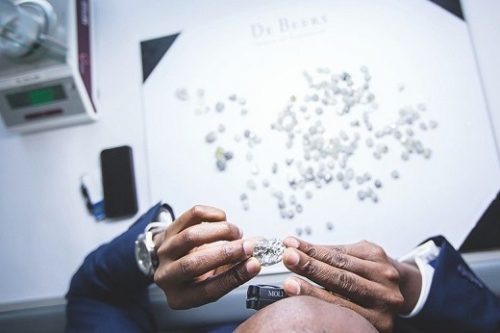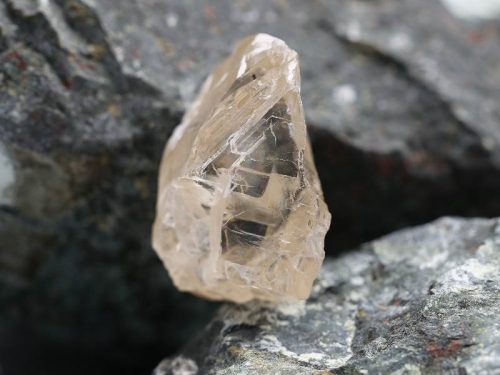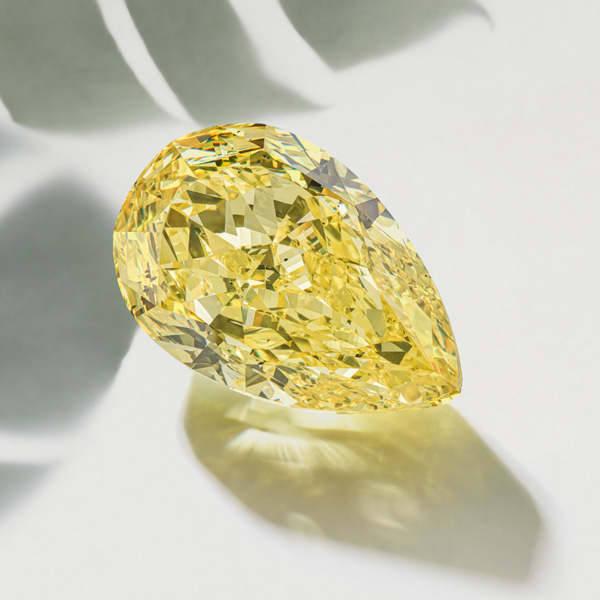
The diamond firm Debswana has announced the discovery in Botswana of a 1,098-carat stone that it described as the third largest of its kind in the world.
The company’s acting managing director, Lynette Armstrong, presented the stone, which was found on 1 June, to the country’s president, Mokgweetsi Masisi, on Wednesday.
It is the third largest in the world, behind the 3,106-carat Cullinan found in South Africa in 1905 and the 1,109-carat Lesedi La Rona discovered in Botswana in 2015.
“This is the largest diamond to be recovered by Debswana in its history of over 50 years in operation,” Armstrong said.
“From our preliminary analysis it could be the world’s third largest gem-quality stone. We are yet to make a decision on whether to sell it through the De Beers channel or through the state owned Okavango Diamond Company.”
The “rare and extraordinary stone … means so much in the context of diamonds and Botswana,” she said. “It brings hope to a nation that is struggling.”
The minerals minister, Lefoko Moagi, said the discovery of the stone, which is yet to be named but measures 73 by 52 by 27mm, could not have come at a better time after the Covid-19 pandemic hit diamond sales in 2020.
Debswana is a joint venture between Anglo American’s De Beers and the Botswanan government, which receives as much as 80% of the income from sales through dividends, royalties and taxes.
Production at Debswana fell by 29% in 2020 to 16.6m carats and sales fell by 30% to $2.1bn as the pandemic affected production and demand.
Debswana plans to increase output by as much as 38% to pre-pandemic levels of 23m carats in 2021 as the global diamond market recovers with the easing of travel restrictions and reopening of jewellers.
Source: DCLA











